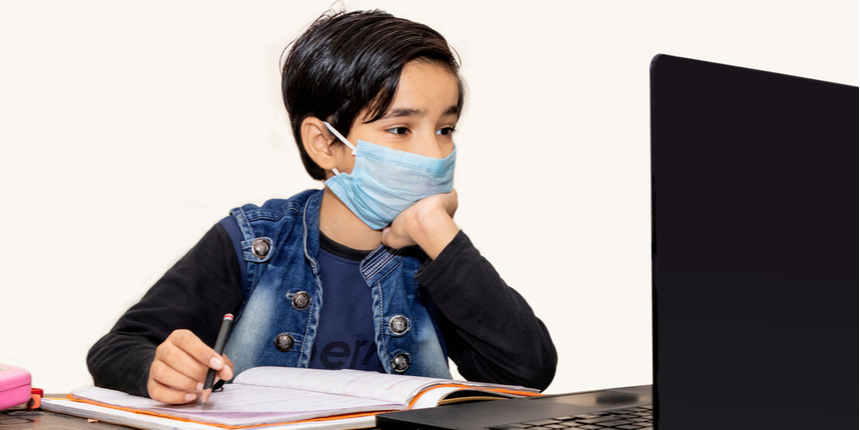Maharashtra ranks highest on continuity in education during COVID-19 school closures: Survey
Anu Parthiban | November 30, 2021 | 02:39 PM IST | 2 mins read
Maharashtra performed better than the India national average, as well as that of NCT Delhi, whose performance stood at 20% and 25% respectively.

NEW DELHI: Maharashtra was able to ensure continuity in formal education for 38% of its school-going (enrolled) children during the COVID-19 lockdowns, as per a recent survey by policy think tanks LIRNEasia and ICRIER.
Maharashtra has performed better than the India national average, as well as that of NCT Delhi, whose performance stood at 20% and 25% respectively. “It is also noteworthy that only 6% of households had at least one child dropping out of education, as opposed to the national average of 25%,” it said.
Also read | 'Better be cautious than sorry': University of Hyderabad issues advisory amidst Omicron fears
However, this still means that 59% did not have continuity in their formal education, or receive any educational services from their school or private tuition providers during the lockdown.
The survey findings were released at a virtual launch event conducted on 12 November 2021.
Maharashtra’s relatively high levels of digital connectivity has clearly been an enabling factor in the provision of remote education, with 87% of households having internet access, or 55% of its population aged 15 and above being internet users - as compared to the all-India figures of 62% and 47%, respectively.
Although NCT Delhi had similarly high levels of internet among its population it was not able to ensure similar levels of continuity for its school-aged population as did Maharashtra, as per the survey.
Also read | IIT Bombay graduate Parag Agrawal’s first message after becoming new Twitter CEO
Another worrying aspect that the survey sheds light on is that even among those that had continuity in their education, the experience varied vastly in terms of the format and the level of interactivity between students and teachers.
Those who had access to more channels like live online lessons, instructions sent to smartphones or delivered home, etc, were more likely to receive feedback than others. Such variations can in turn lead to disparities in educational outcomes even among those that did receive educational services during the closures.
Follow us for the latest education news on colleges and universities, admission, courses, exams, research, education policies, study abroad and more..
To get in touch, write to us at news@careers360.com.